Threats to Birds of Prey
Contaminants
Birds of prey are excellent indicators of environmental health. Their problems are an early warning system that there may be effects on people, too.

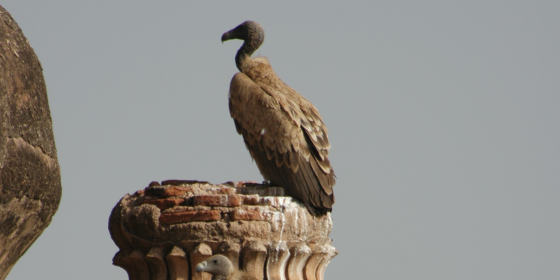
Munir Virani
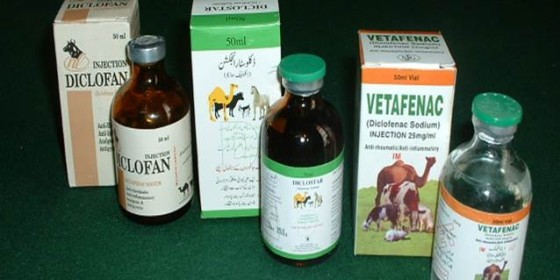
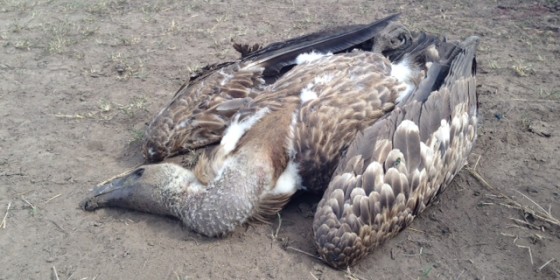
Munir Virani
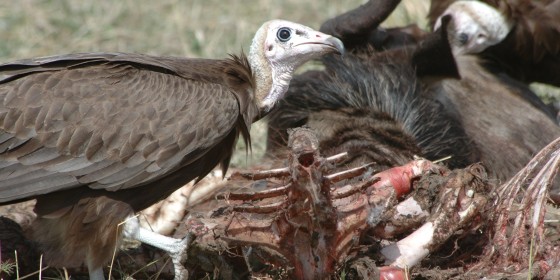
Munir Virani
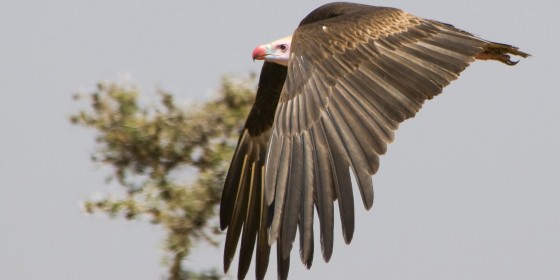
Munir Virani
Over the last three years, our project has made significant strides towards better protecting vultures in Kenya, and has helped establish a framework that can be applied to other parts of Africa where poisoning is decimating vulture populations. We have built trust and made an important impact within local communities, instilling a sense of ownership and responsibility about vultures, other wildlife, and the inappropriate use of poisons. Equally, the capacity for communities to actively engage in vulture conservation activities has increased significantly thanks to the work of project partners, and parallel to this, so has the interest and willingness of communities to protect vultures and their wider environment.
As part of our major achievements, five Vulture Liaison Officers (VLOs) plus ten Vulture Scouts were fully trained to collect intelligence on potential poisoning activities as well as conduct outreach, poisoning intervention training, mitigation and conservation activities. We are also proud to state that the “Vulture Protector Network”, a WhatsApp communication group, has been expanded and currently has 52 participants from 22 different conservation organizations that share information on livestock predation and poisoning incidents related to human-wildlife conflict. Based on our networks, we achieved successful and effective response to and decontamination of numerous poisoning incidents – these included two in the Masai Mara that killed 40 and 20 vultures respectively; and the other just south of Nairobi National Park that killed five vultures. Without Rapid Response Training and the Vulture Protection Network, 200 or more birds would have probably died. Whilst improved vulture survival rates of tracked vultures during the past 10 years may not necessarily be a direct function of our conservation efforts, it gives hope and is reassuring for the future survival of vultures in Kenya.
We can unequivocally state that every single wildlife mortality in southern Kenya (poisoned or not) is documented primarily as a direct result of the expanding Vulture Protection Network. These grassroots impacts are critical for the longevity of vulture conservation in Africa, and along with the support of higher-level initiatives such as the Wildlife Poisoning Response Protocol, we are confident that the project has helped set a precedent for vulture conservation across Africa.
As a result of a fast-growing network of trained teams on the ground, managing wildlife poisoning continued to improve, which saves vultures’ lives. However, there is need to expand this work to cover other critical areas, especially in northern Tanzania, where nearly all of the GPS-tagged vultures utilize and where poisoning incidents occur but are unreported.








